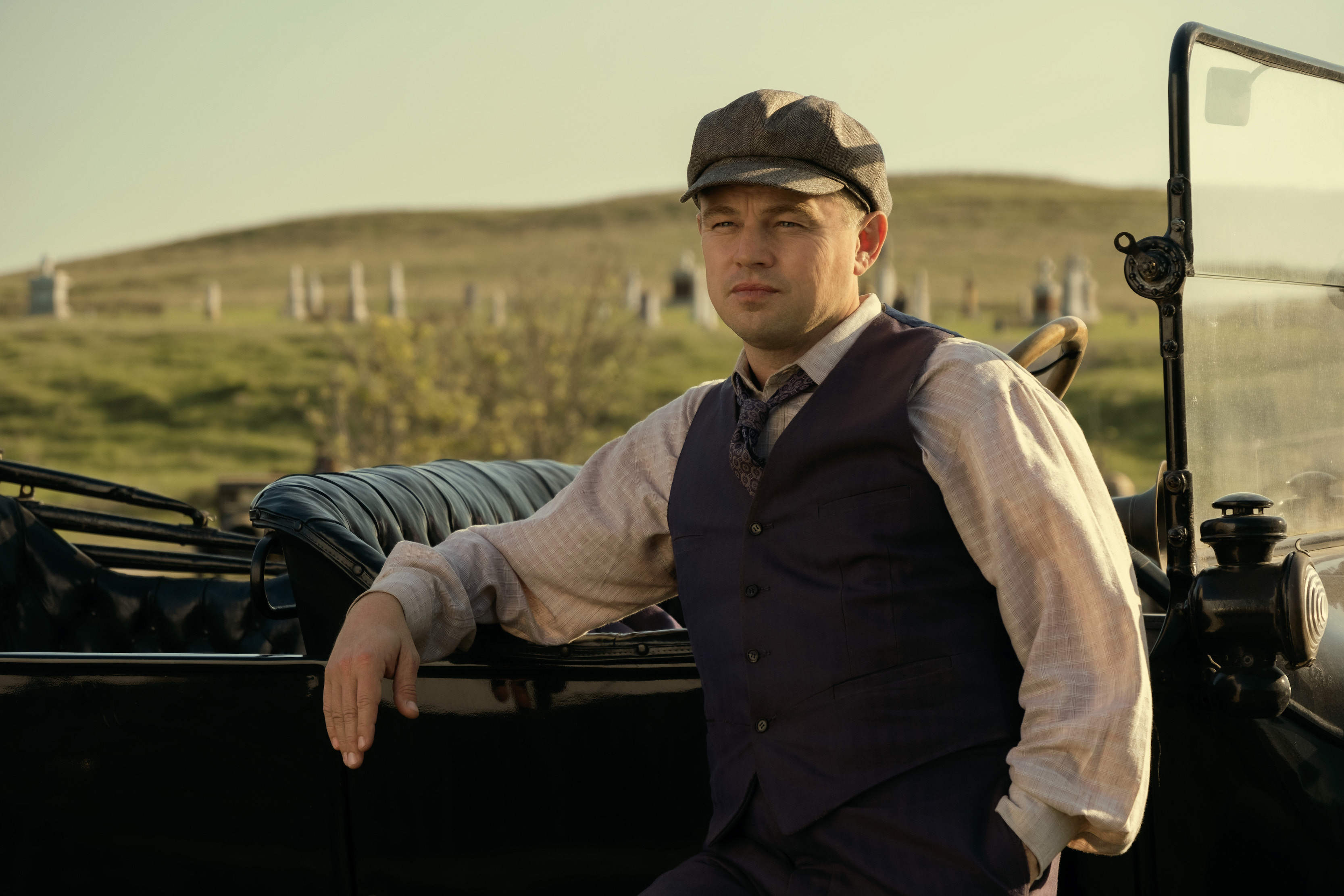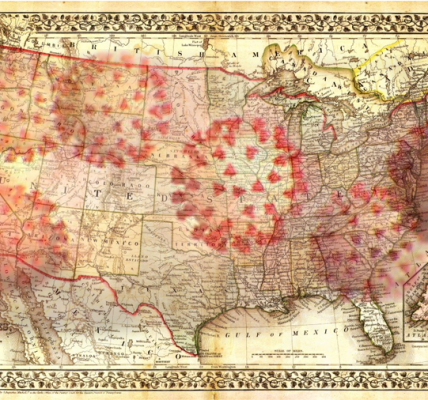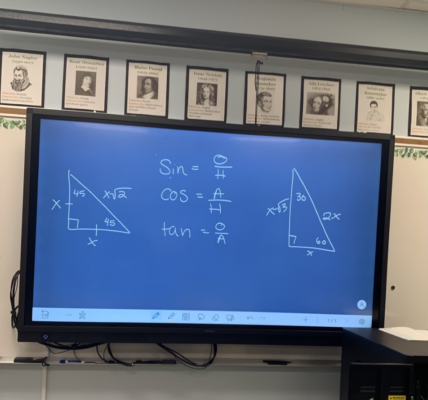By Jackson Gianchetta
Martin Scorsese’s Killers of the Flower Moon is certainly not an easy watch. The film seeks to shine a light on the brutal Osage Murders that occurred after oil was discovered in Osage territory in Oklahoma in the 1920s.
One aspect of the movie that makes it so compelling is Scorsese’s decision to flip a story that easily could have fallen victim to the predictable structure of the murder mystery genre completely on its head. In telling the story of a crime from the point of view of its perpetrators, Scorsese shifts the focus of the film from the standard whodunnit structure prevalent in many of his other crime films to something much more nuanced. It’s a harrowing retelling of a violent tragedy that succeeds in conveying the sheer inhumanity sometimes overlooked when analyzing the legacy of many settlers of Western American territories.
What helps take this film a step beyond much of Scorsese’s recent work is his success in capturing the human perspective of these events, digging into the emotional core inherently prevalent in such serious subject matter. Choosing to focus on Earnest and Hale (Leonardo DiCaprio and Robert De Niro) rather than the Osage People, the film slowly unravels the horrific nature of these murders in a frankly terrifying manner. By the time the viewer fully grasps what is going on, not only is it too late for anything to be done, but the full extent of what has just been witnessed sits with viewers for the remainder of their day.
While it’s not unfair to argue this film may have benefitted from greater attention being paid to indigenous perspectives, Scorsese’s choice to highlight Earnest and Hale further reinforces the cynical and devastating nature of these events. Scorsese highlights the rationale behind the unthinkable violence, challenging his viewers to question what they would have done in similar circumstances and further driving home an extremely complex perspective. In an interview with the Washington Post, Scorsese emphasizes the care taken when developing the film to ensure this violence is effectively portrayed, stating he has “no interest” in developing a western that falls back on familiar tropes. “I leaned into the moral seriousness more explicitly,” Scorsese explained, “There’s something inherent to cinema that rewards the audience’s attraction to violence. It’s been 30 years of heroes coming in with machine guns. I’m more interested in the defects of that.” In handling this violence, Scorsese appears to take a greater interest in humanizing the villain over the victim. Not in defense of any actions, but rather as a means of unpacking a common trope. This carefulness helps define what is one of the most engaging and intelligent films in the director’s modern catalog.
This is not to suggest that the film is entirely without its hiccups. The film’s daunting 206-minute runtime does seem to occasionally drag on throughout the film, especially when compared to the pacing of other recent three-hour biopics, such as Christopher Nolan’s Oppenheimer. Additionally, while the film enjoys standout performances from the likes of Lily Gladstone and Robert De Niro, Leonardo DiCaprio’s portrayal of Earnest falls a bit flat. While Gladstone and De Niro deliver notable performances in which each one completely dominates multiple scenes, it feels as if DiCaprio’s character is written to be much more distinct in its subtlety than his high-energy performance suggests. While this lackluster performance is disappointing, especially coming from an actor of DiCaprio’s stature, it still manages to drive home important emotional scenes, allowing the film to overcome any of this performance’s shortcomings.
Technically, the film is spectacular, with cinematography so stunning the viewer can’t help but notice the beauty of its Oklahoma setting. A beautiful score by Robbie Robertson additionally seems to linger just off in the background, further contributing to the film’s eerie atmosphere. The color grading is another standout of this film’s remarkable edit, overcoming the pitfalls of capturing a bleak atmosphere in a manner that remains able to appeal visually to its viewers.
While the film has been widely acclaimed by critics, many students at Ponte Vedra High School are likely not even aware of its existence. In a poll of 45 students at PVHS, just three reported having seen the movie. This is likely due in part to the film’s lack of marketing as well as the decline in moviegoing that began at the advent of the COVID-19 pandemic. One PVHS senior, Sam Ray, attributed the movie’s lack of recognition among young people to the subject matter itself, stating, “While I enjoyed the movie myself, the lack of contextual understanding of the events it was referencing made it harder to follow,” elaborating, “I feel that a movie that features themes that rely heavily on a deep understanding of historical context may not heavily resonate with younger audiences, who were likely already disillusioned by the movie’s length.”
In short, Martin Scorsese offers a detailed and at times harrowing account of what has become a little-known tragedy. It is one of the director’s most brutal films, both in its portrayal of the murders themselves and its discussion of the issues brought by greed-driven American encroachment on indigenous lands. Through the events portrayed in the film Scorsese masterfully paints a picture of greed and betrayal, highlighting the negative impacts and exploitation inherently prevalent in westward expansion.





